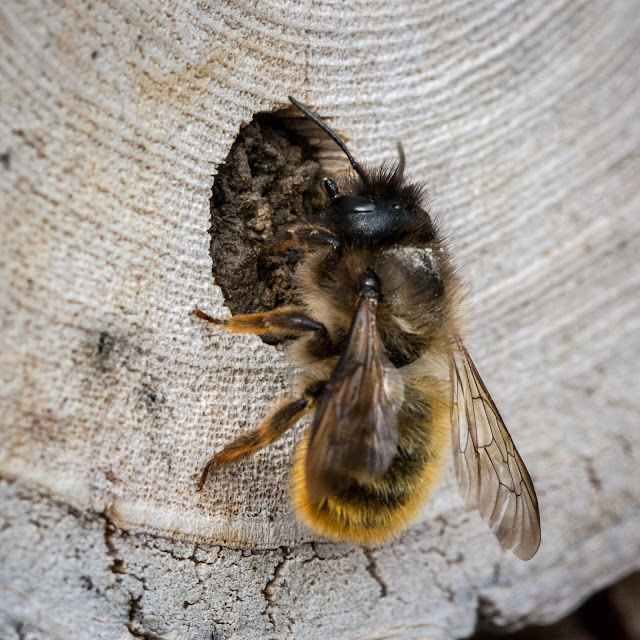The badgers' social life demands a certain amount of tolerance and cooperation but that is tested when there is competition for food. This in an interesting sequence, the first time I have seen eight badgers in one clip, although not all in view at one time.
It starts with a single large badger, presumably a boar. He is joined by no. 2, a smaller, leaner, cleaner-looking animal. The next arrival, no. 3, is the mother of the cubs who is easily recognised from her very distinctive colouring. Badger no. 4 wanders past and doesn't join the party. The first conflict arises between nos. 1 and 2 with brief shoving and snarling. No. 2 retreats and no. 5 rushes in, possibly to break up the fight? No. 3 snaps at no. 5 and a cub (no. 6) arrives and is greeted by mother. No 1 moves out of the way as the second cub (badger no. 7) comes in. Mother leads the cubs away from the trouble and you can hear her churring as she calls them to follow her. No 1 wanders off as no. 8 arrives. There is then more shoving between nos. 2 and 5. One of them (I have lost track by now) leaves so the last badger sits down for a scratch, which is usually all I see.
It is difficult to know what the relationship and status of all these badgers is. I can only recognise a few individuals (mother and cubs are easiest) but the clan probably has only one breeding female, and I have only seen these two cubs. There will probably be one dominant boar (the cubs' father) and several subadult females and boars, who tend to hang around together and compete with each other.
Another confrontation recorded on the camera was more straightforward. A largish badger was happily munching its way along the path (where there happened to be a few peanuts) when a larger badger came along the other way. Neither wanted to give way so a conflict was inevitable. This one was limited to a wrestling match and, as you can predict, the larger animal won. This type of behaviour, shielding the food and shoving your rival out of the way, is also seen in the fox cubs and is known as body blocking. It goes to show that size does matter.






















































